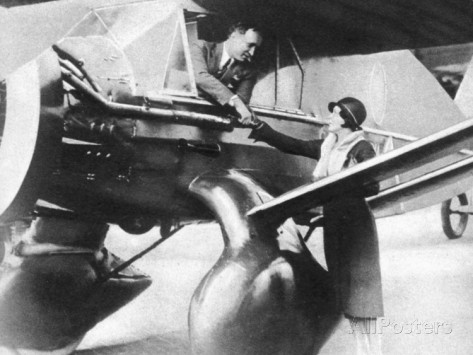Crash of a De Havilland DH.60G Moth into The Channel
Date & Time:
Mar 7, 1933
Registration:
G-ABEP
Survivors:
Yes
Schedule:
Saint-Inglevert – Lympne
MSN:
1292
YOM:
1930
Crew on board:
1
Crew fatalities:
Pax on board:
1
Pax fatalities:
Other fatalities:
Total fatalities:
0
Circumstances:
The single engine airplane departed Saint-Inglevert on a taxi flight to Lympne, carrying one passenger and one pilot. While cruising over The Channel, the engine failed. The pilot ditched the airplane and both occupants were rescued by the crew of the Dutch steamer named 'Vespa'. The aircraft sank and was lost.
Probable cause:
Engine failure of unknown origin.




